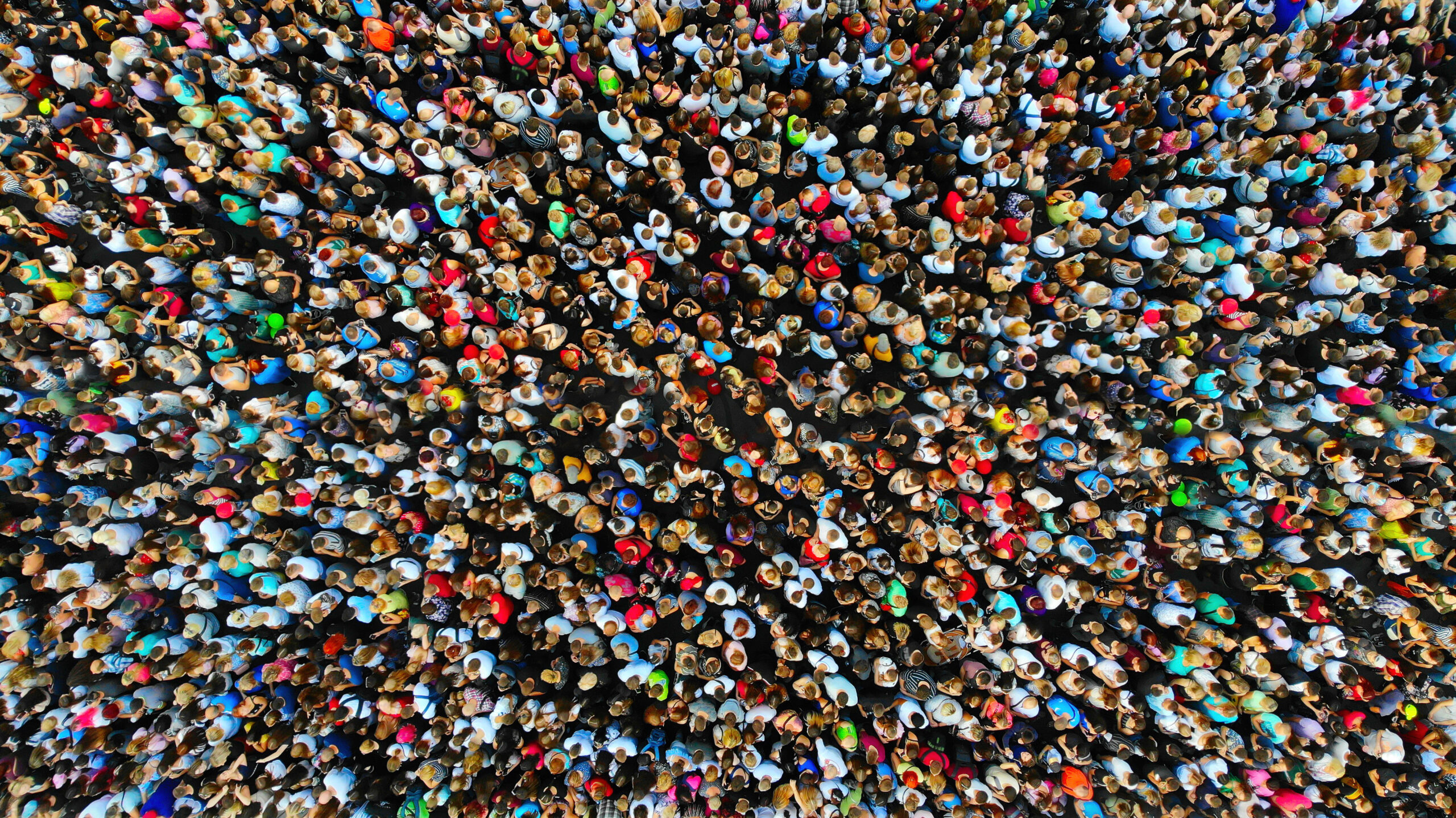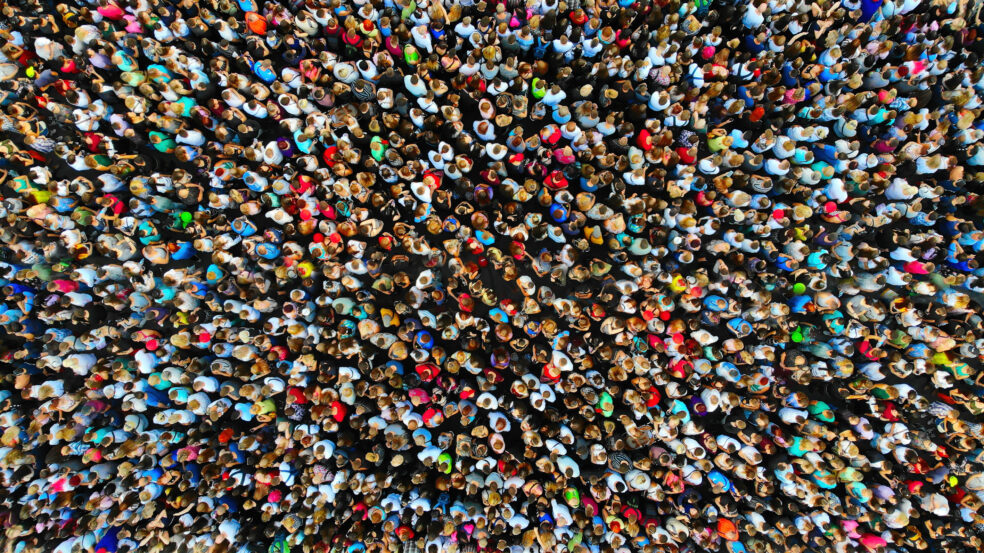India's Demographics: Driving Economic Growth and Global Influence

India's Population Growth and Future Projections
India's population has reached a staggering 1.4 billion by Q2 2023, securing its position as the most populous country. By comparison, the EU's population of around 450 million is only a third of India's. Even Germany, the EU's most populous country with 84.3 million people, would rank fifth in India. Projections suggest that India will retain its population leadership throughout the 21st century.
Demographic Advantage and Economic Stability
Like their Western counterparts, Asia's economic powerhouses, China and Japan, are struggling with declining populations due to low birth rates. The median age of EU citizens is 44, compared with 38 in China. Once again, India leads the way with a median age of 28, which is significantly younger than other major industrialised countries in the G20. This demographic advantage ensures a steady flow of workers and keeps the domestic economy competitive.
While China will lose more than 200 million workers aged 15-64 by 2050, India is expected to gain 160 million workers over the same period. This segment of the population is expected to drive per capita income growth in India, although it will still lag behind China. Maintaining an annual growth rate of over 6% in the coming years will be critical to India's economic ambitions.
India's growing labour force is also contributing to its economic growth potential. Each year, the country adds 1.5 million well-educated, bilingual engineers to its labour market, surpassing China's 1.3 million engineers. By comparison, Germany produces only about 70,000 engineers.
India's Geopolitical Importance
China remains an important market for the West. While India's large population has been an important factor in its quest for global superpower status, it is not the only reason for its claim. Against a backdrop of geopolitical tensions with Beijing, the West is looking for strategic partners in the region, with India emerging as a prime candidate.
As the world's largest democracy, India is increasingly championing the interests of the global south, bolstered by its G20 presidency. Currently the world's fifth largest economy, and poised to become the third largest by 2030, India is capitalising on this momentum by expanding its global trading relationships. This momentum is reflected in the German-Indian trade balance, where purchases of Indian goods have exceeded German exports to India over the past 12 months.
A Growing Economic and Political Superpower
In India, demographic and economic development are closely linked. Increased consumer spending is evident, particularly in the premium segment for Western companies. In particular, the number of millionaires in India is expected to double by 2026, adding to its attractiveness as a lucrative market. These promising developments parallel the West's experience in China to date and suggest a similar trajectory for India. With these strong indicators and India's population growth, India has firmly positioned itself as an economic and political superpower for the future.
You want to know more about India's Demographics and how your company can take advantage of the growth? - Then get in touch with our expert:





